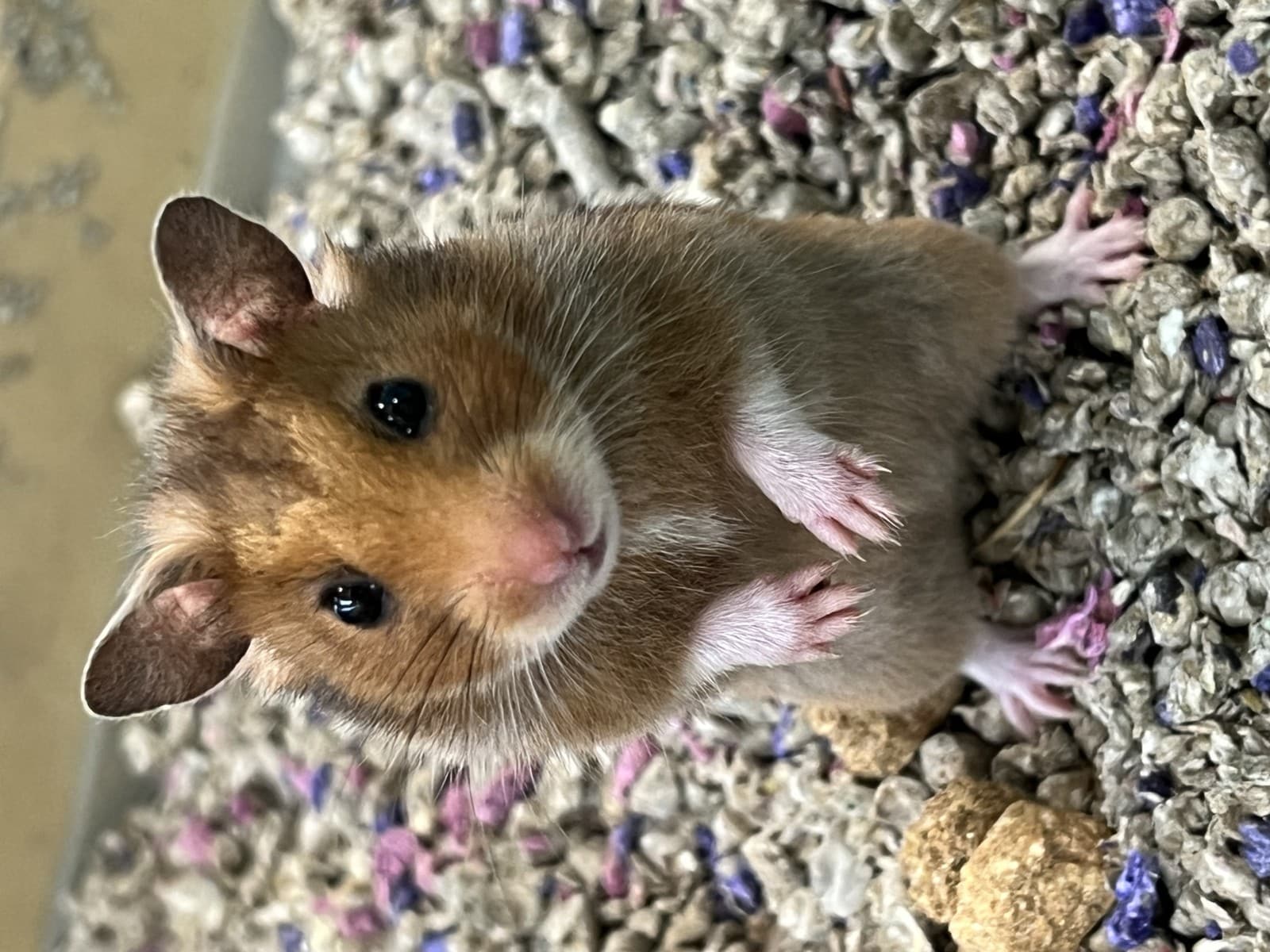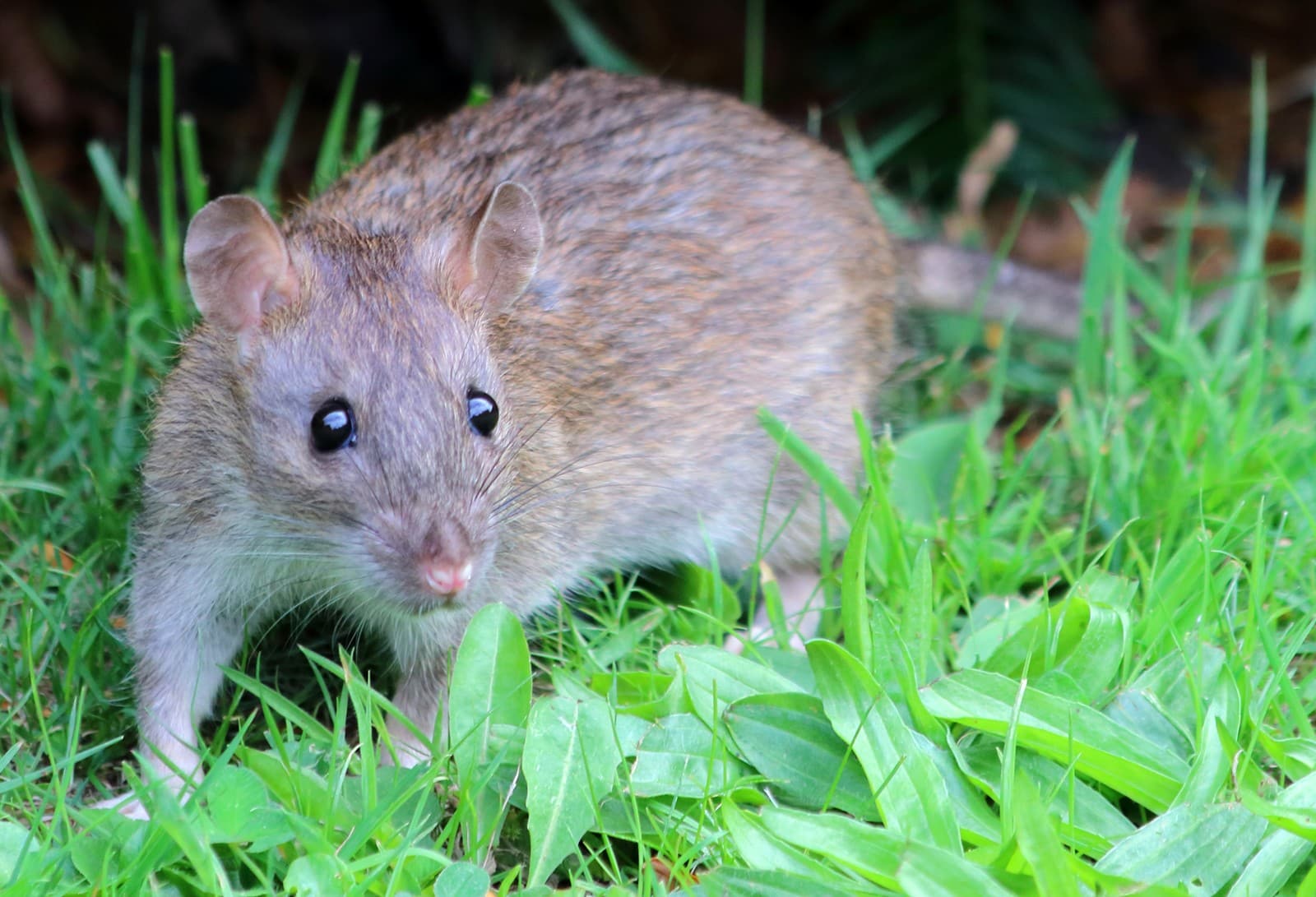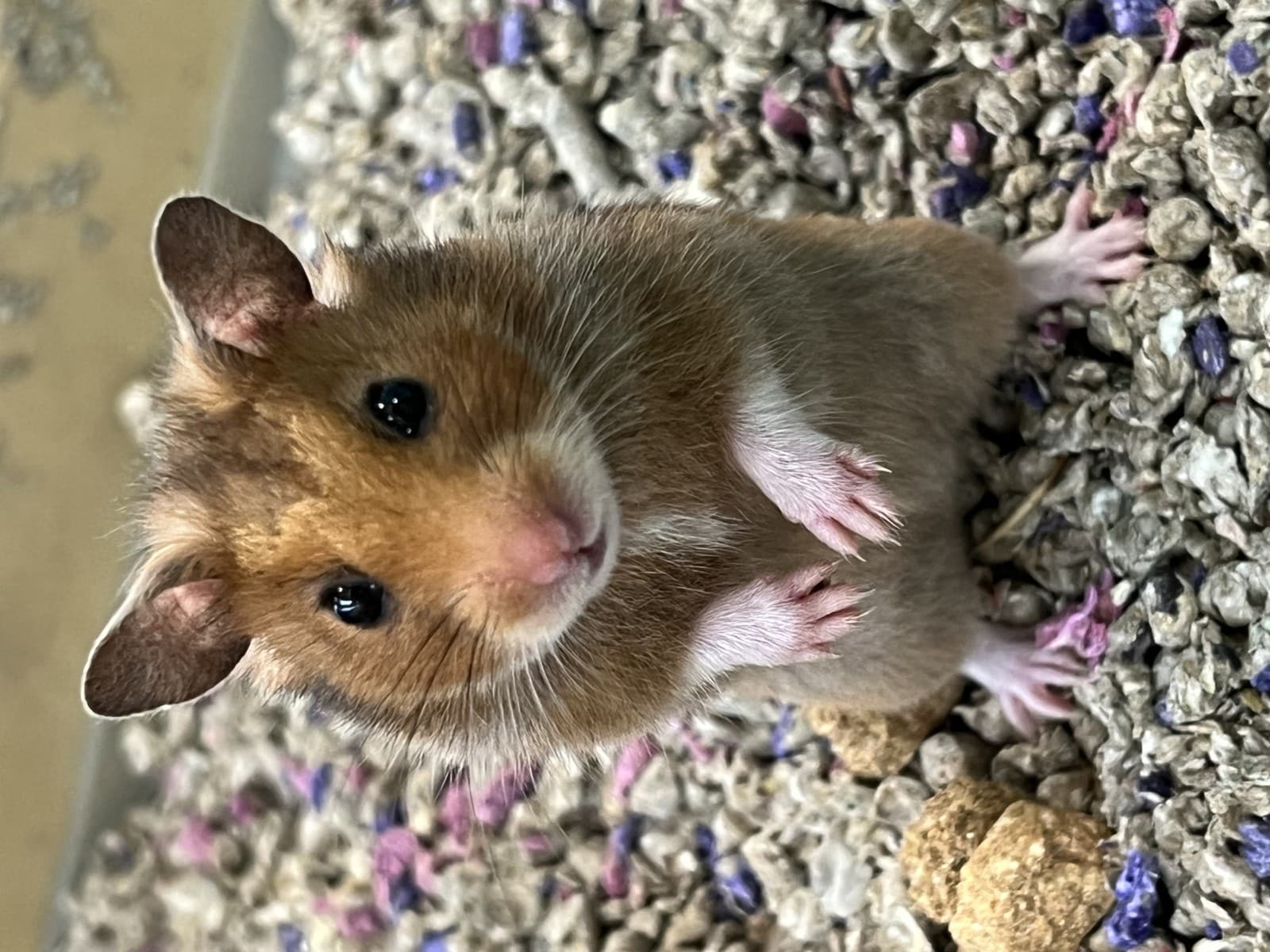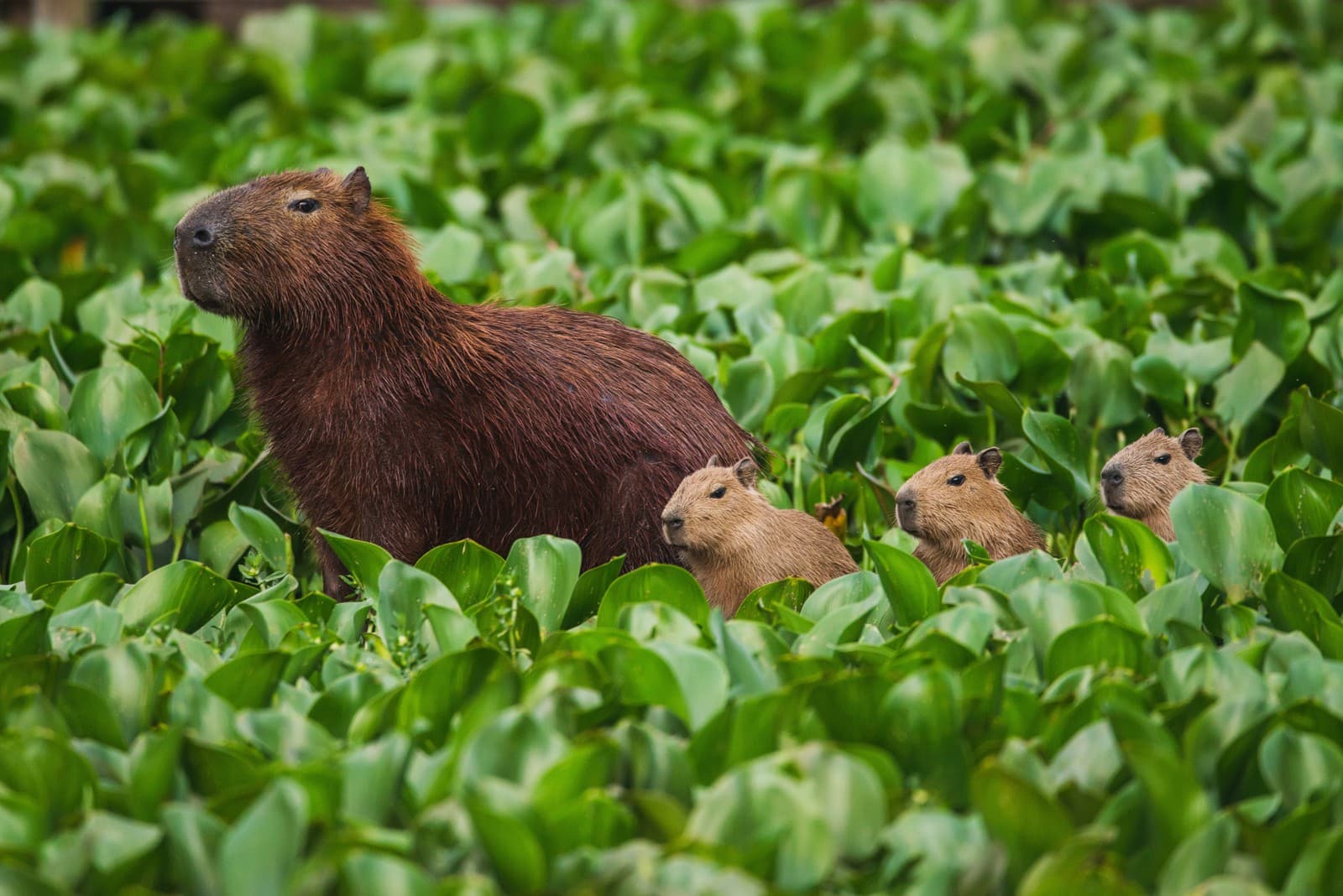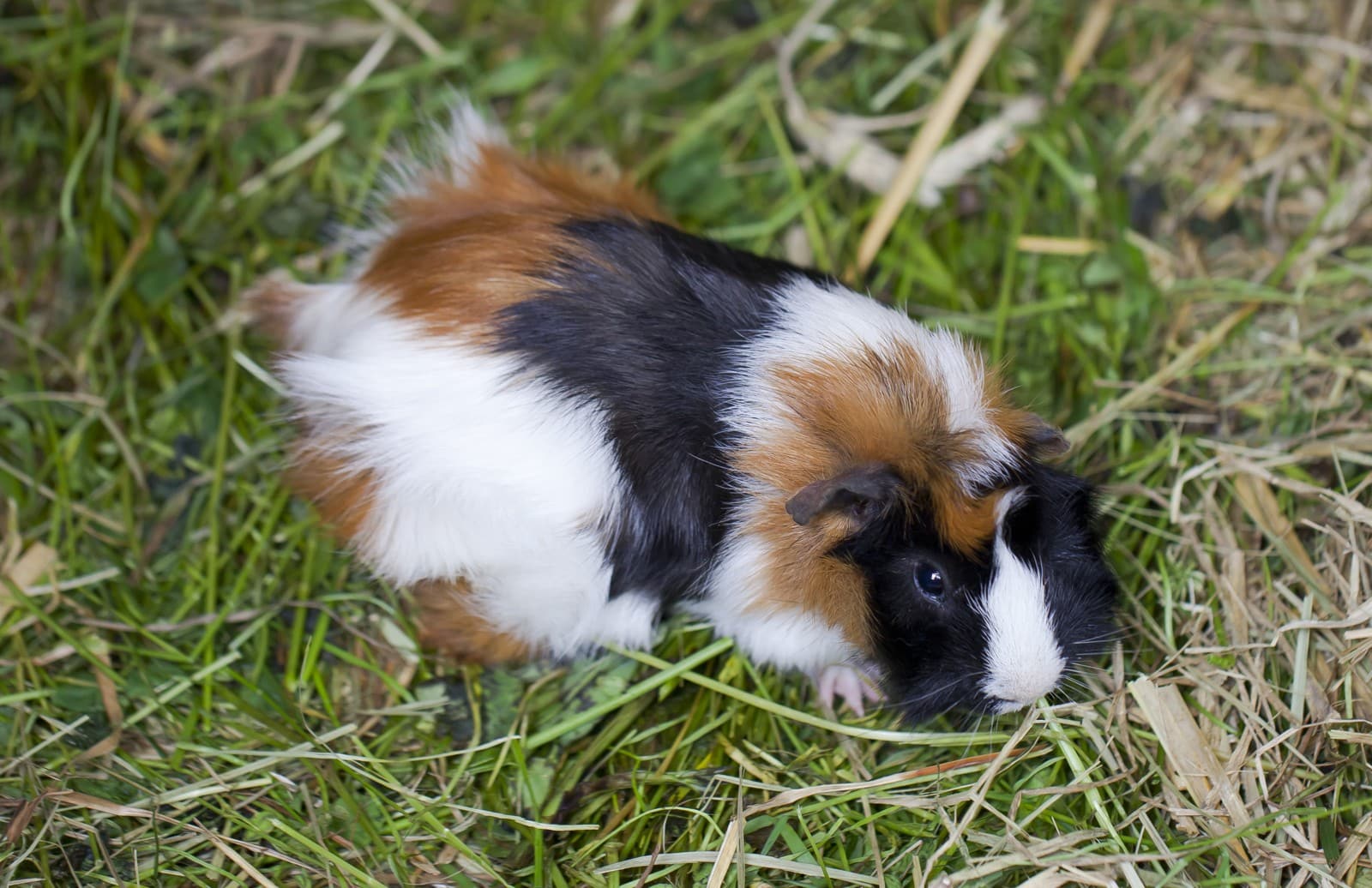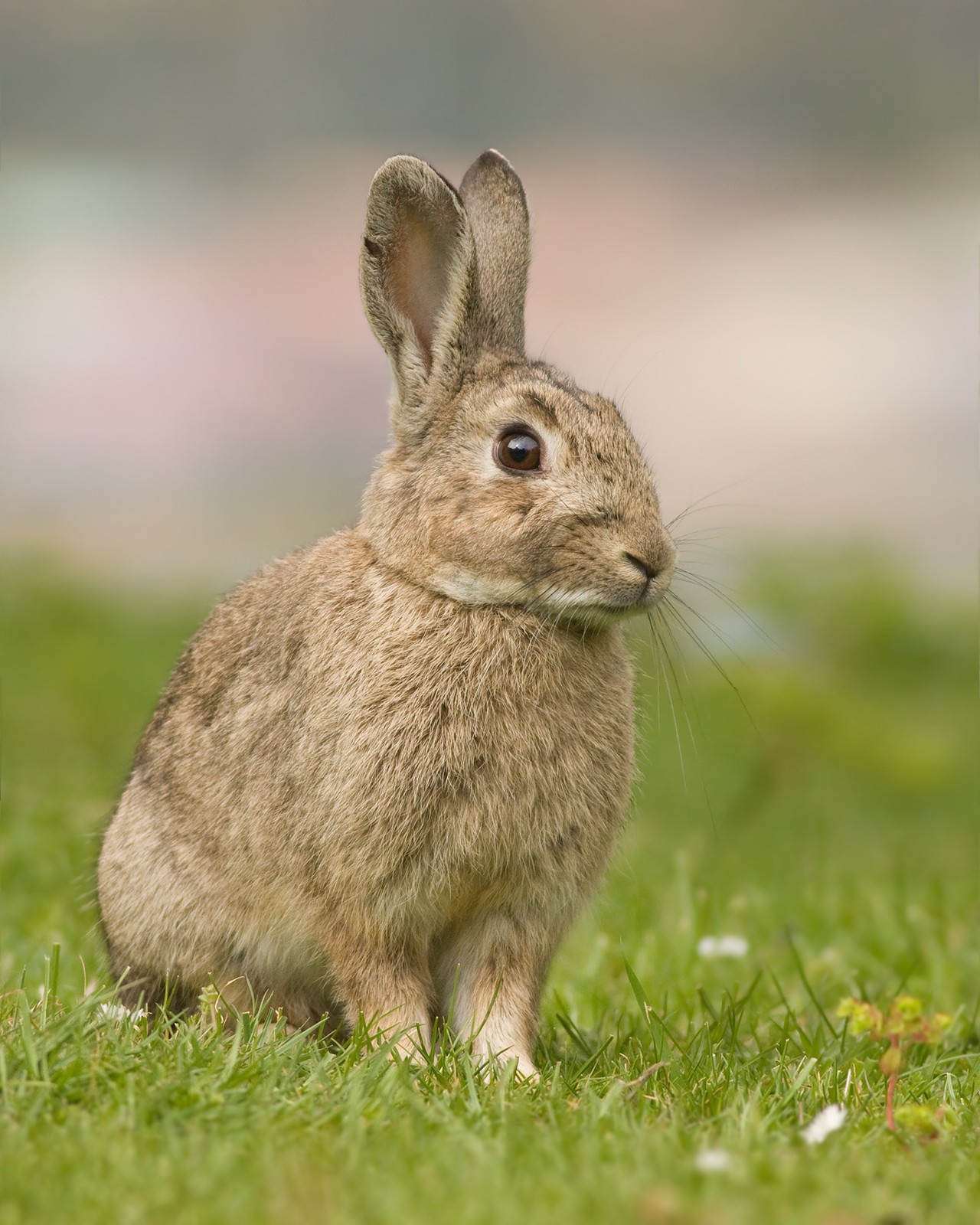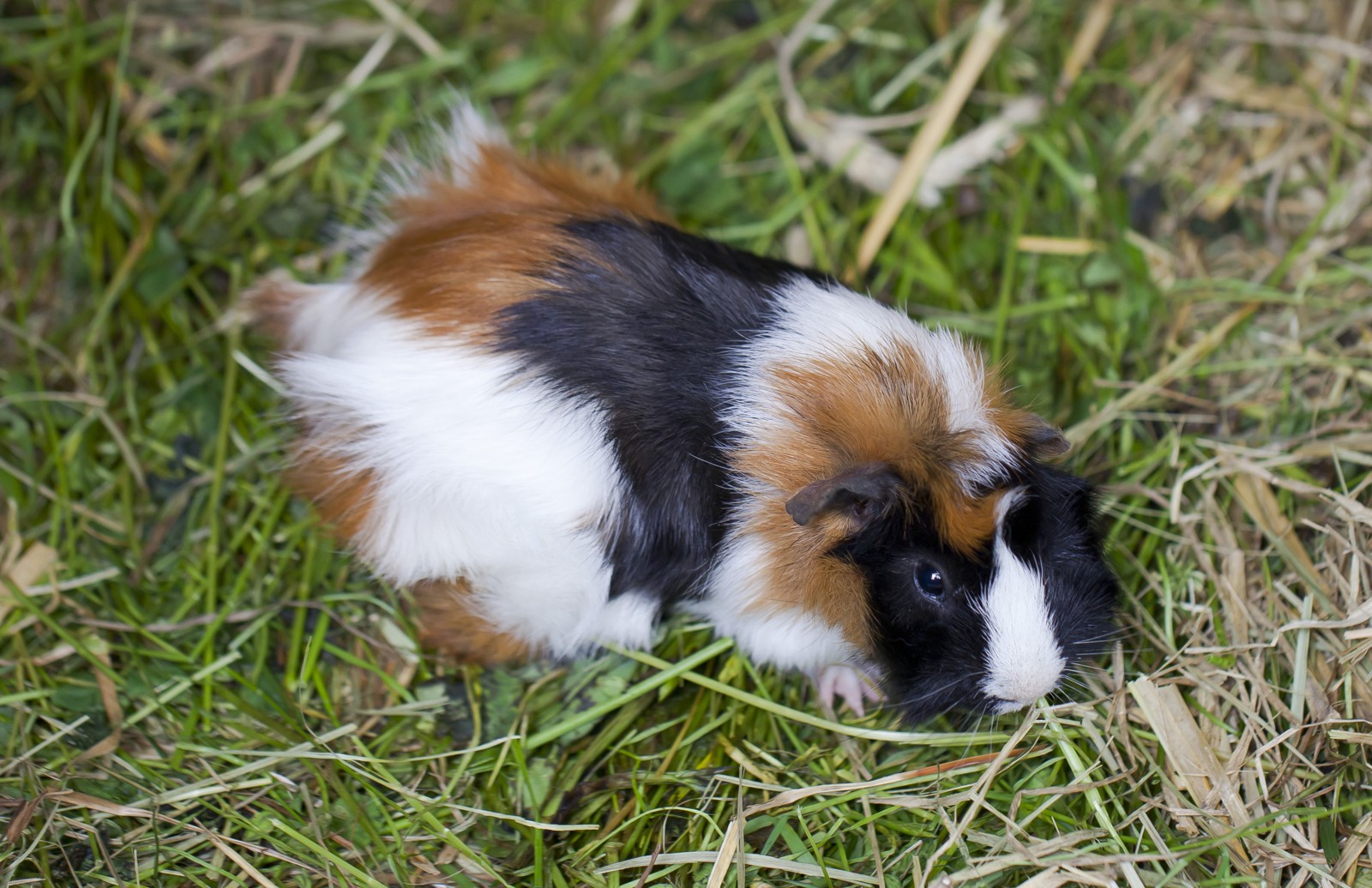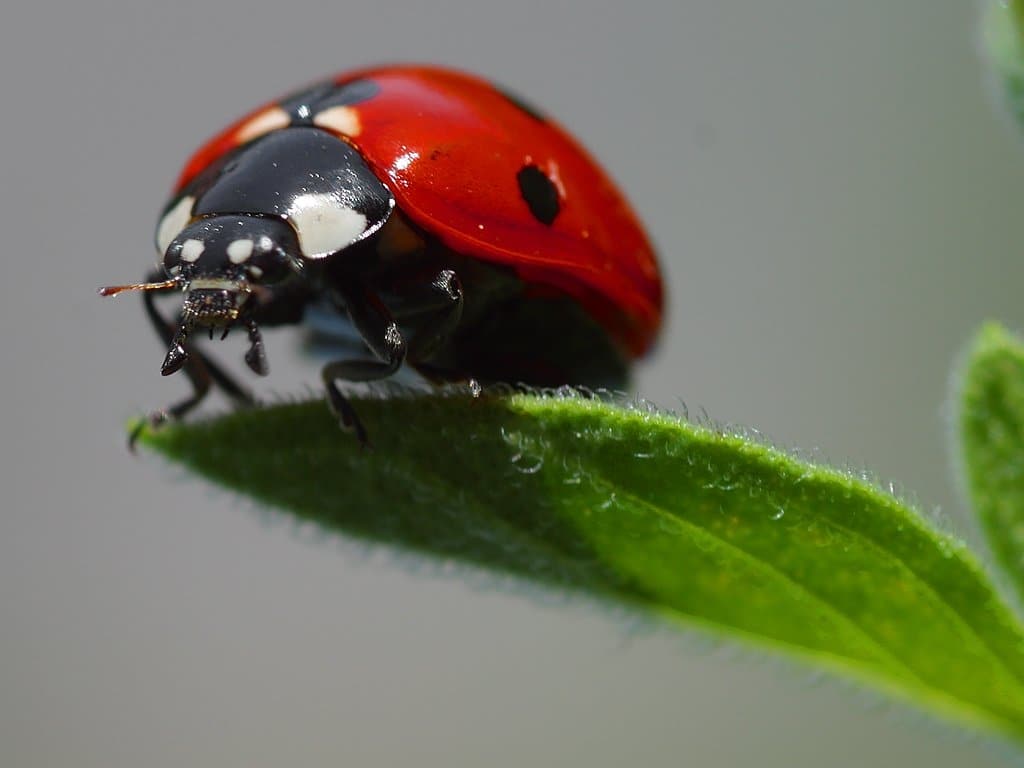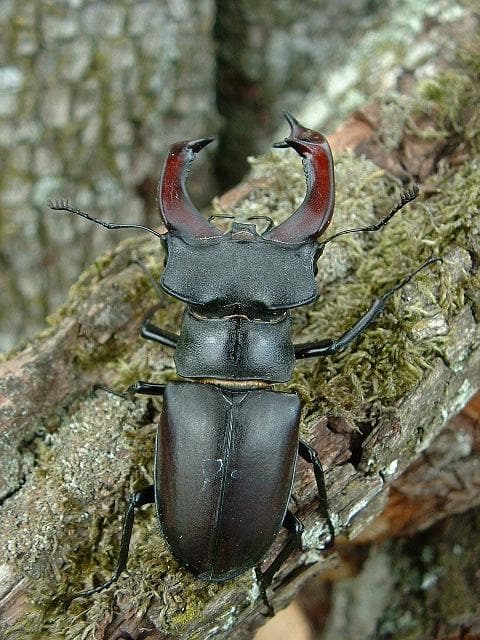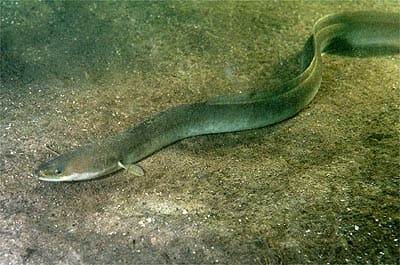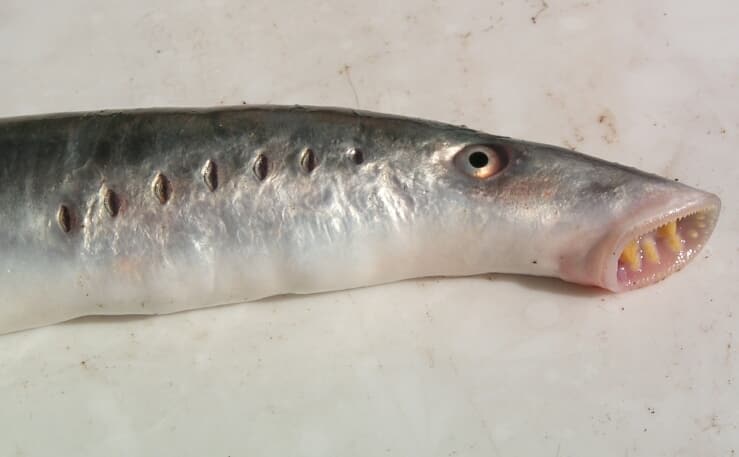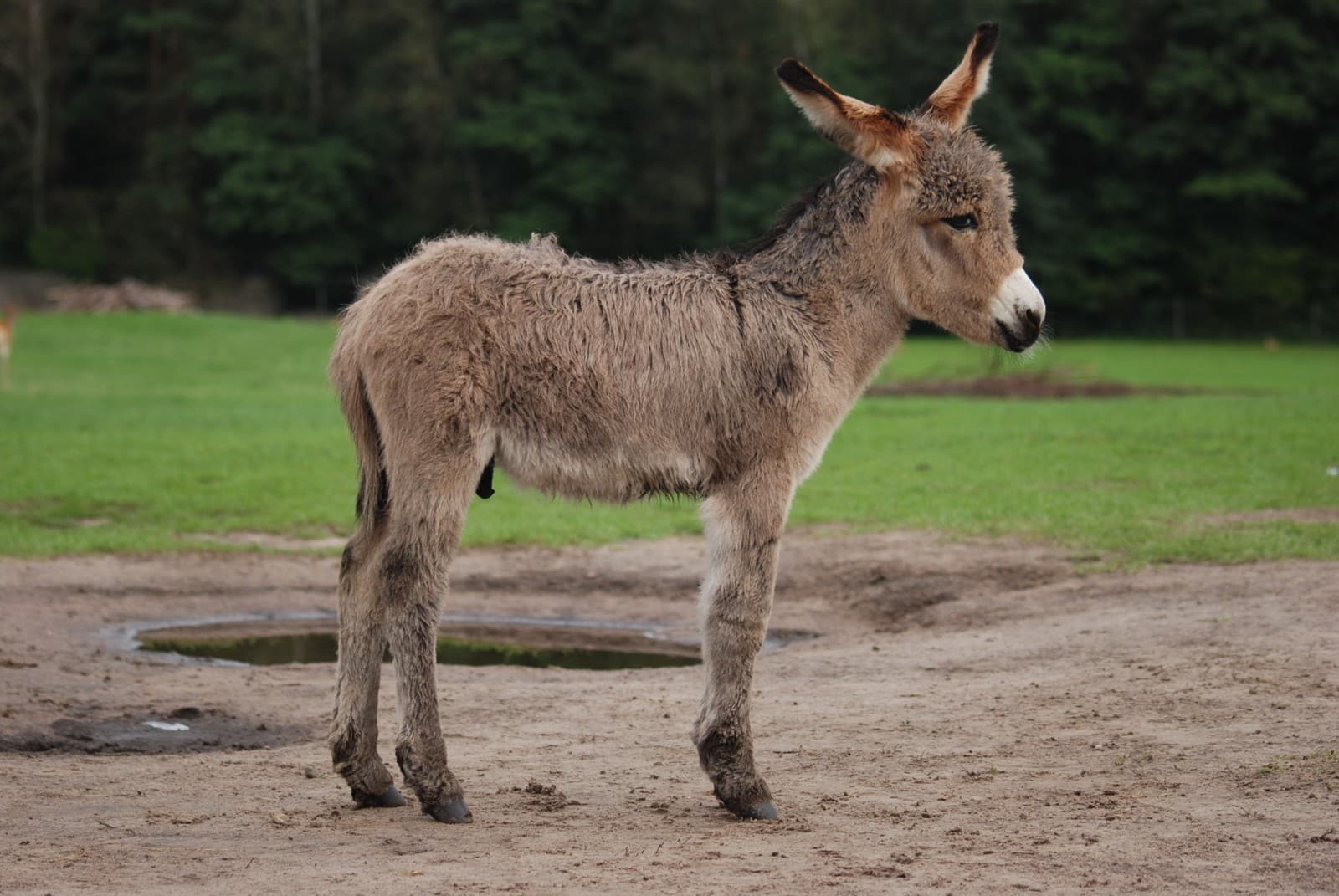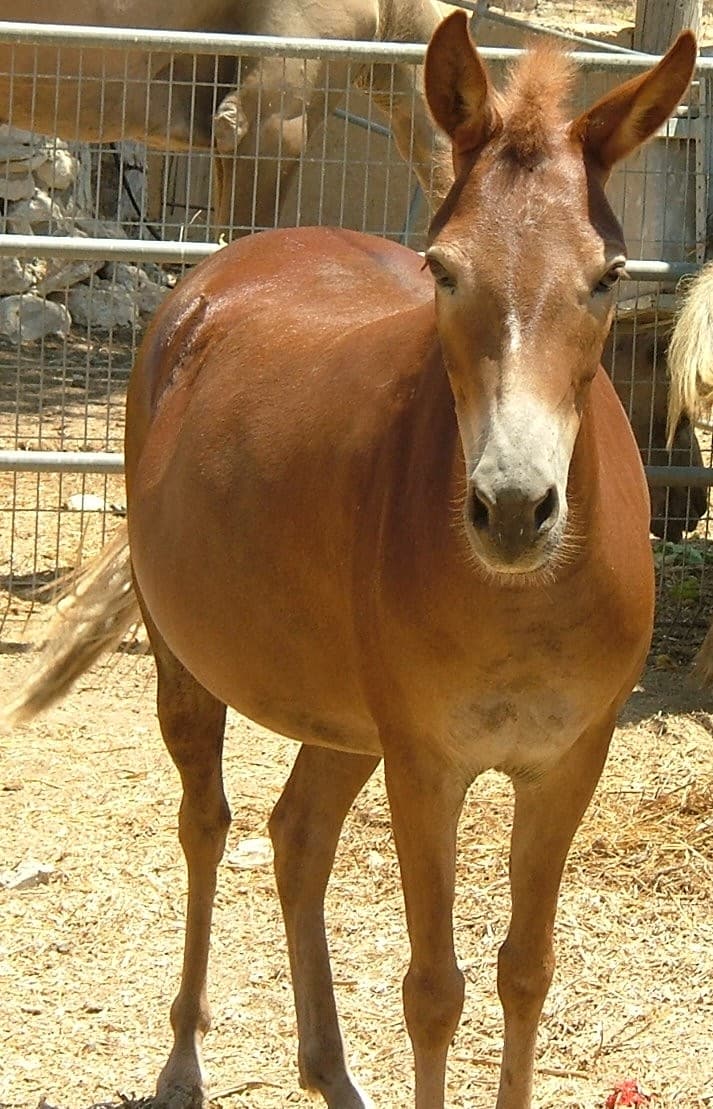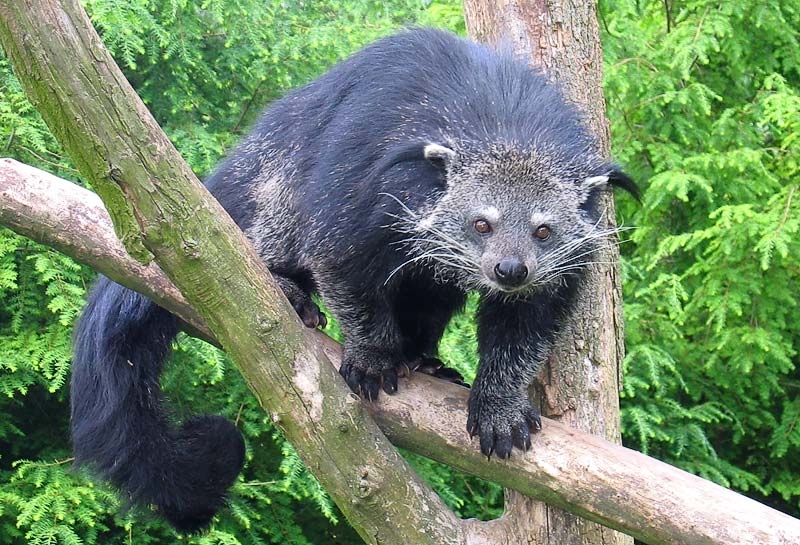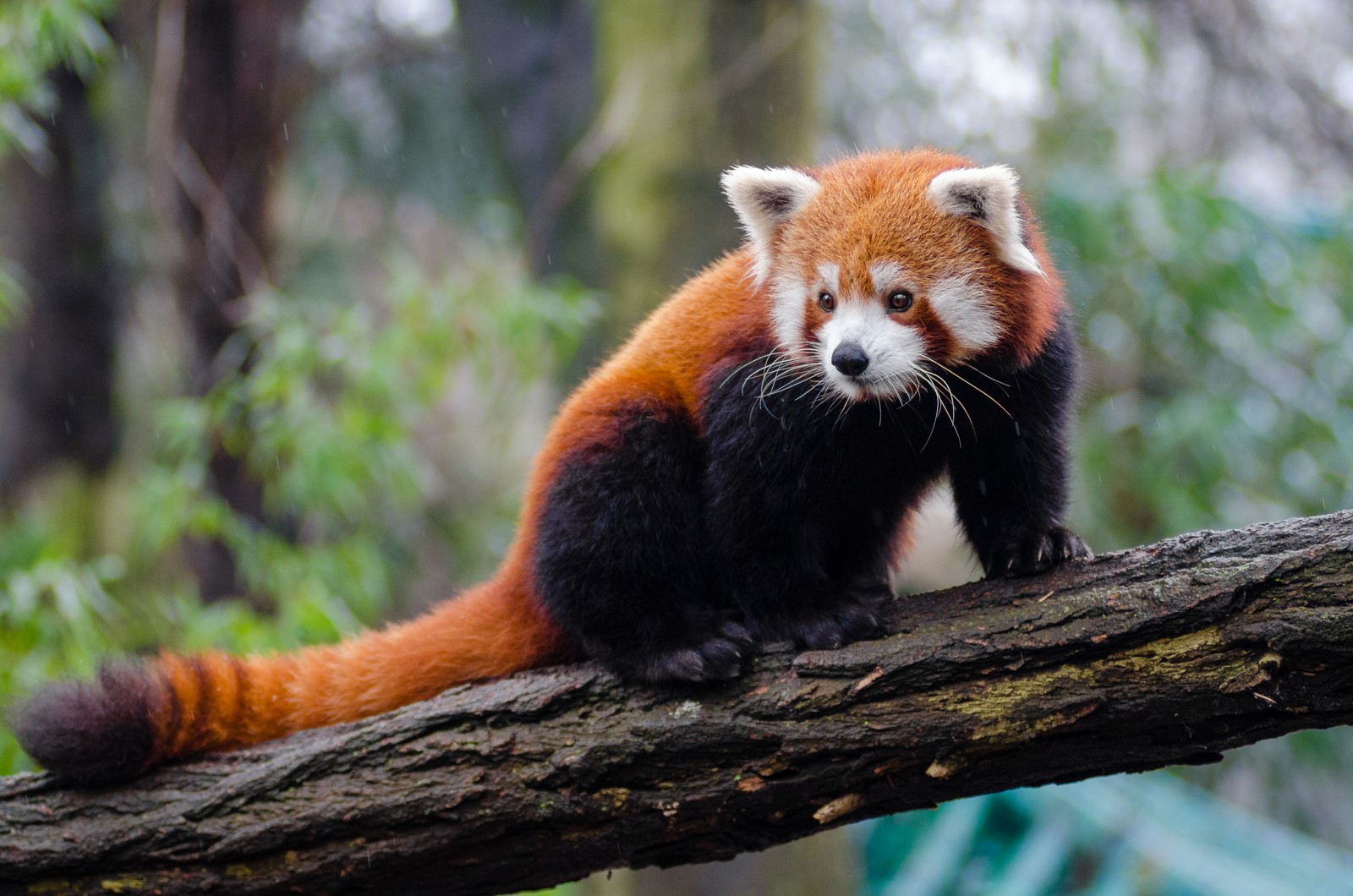Hamster vs Guinea Pig: A Complete Comparison
When choosing between a hamster vs guinea pig as a pet, size and social needs mark the most significant differences. Hamsters are solitary creatures measuring just 2-6 inches (5-15 cm) in length, while guinea pigs are social animals reaching 8-12 inches (20-30 cm). These fundamental distinctions influence everything from cage requirements to daily care routines.
Understanding these small pets’ contrasting needs is crucial for potential owners. Guinea pigs typically live 4-8 years and require companionship of their own kind, while hamsters live 2-3 years and generally prefer living alone. This comprehensive comparison will help you make an informed decision based on your lifestyle and preferences.
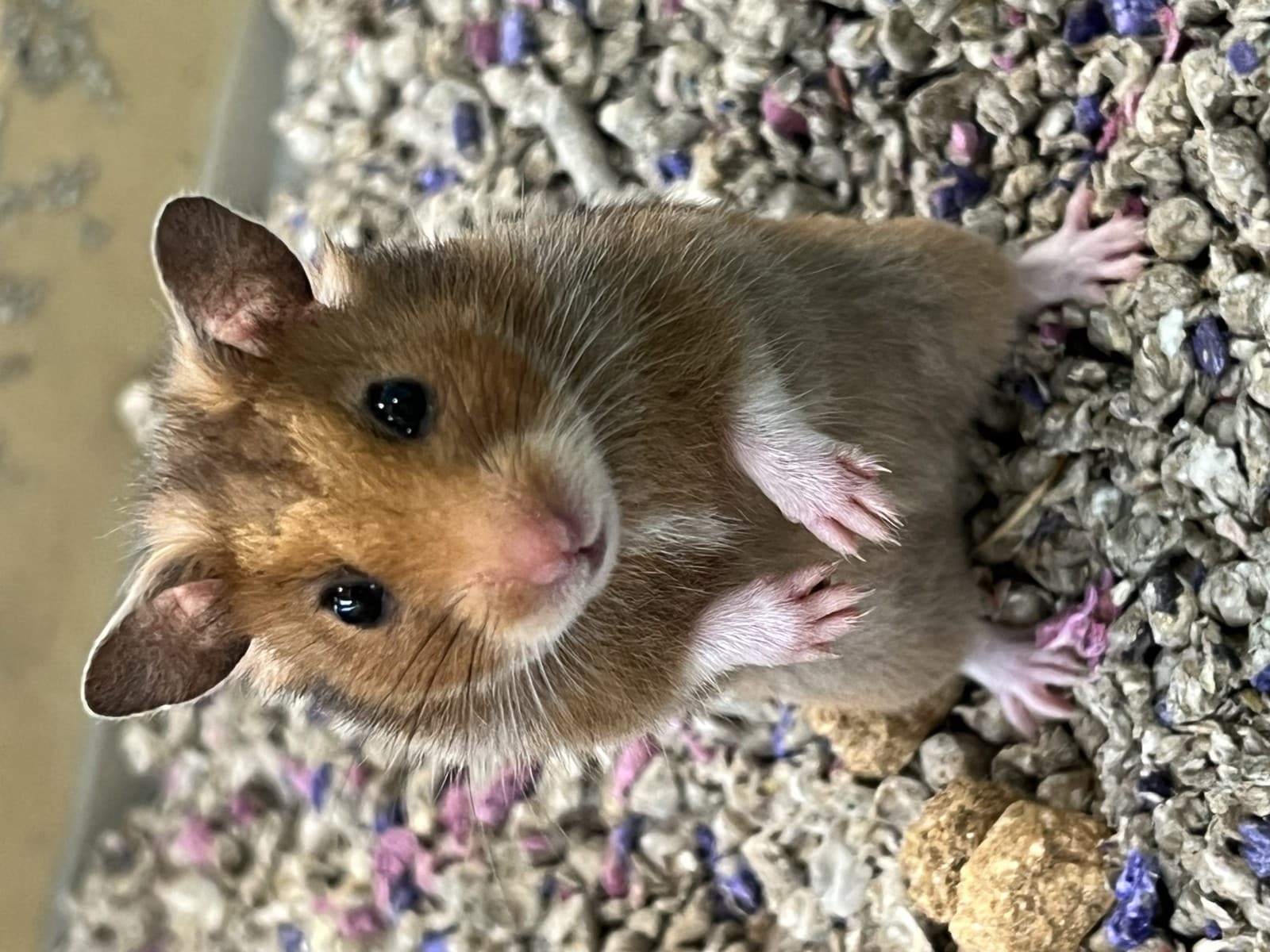
© Wschlitz / CC BY 4.0
A typical Syrian hamster, showcasing the compact size and distinctive features that make these nocturnal pets popular among space-conscious owners.
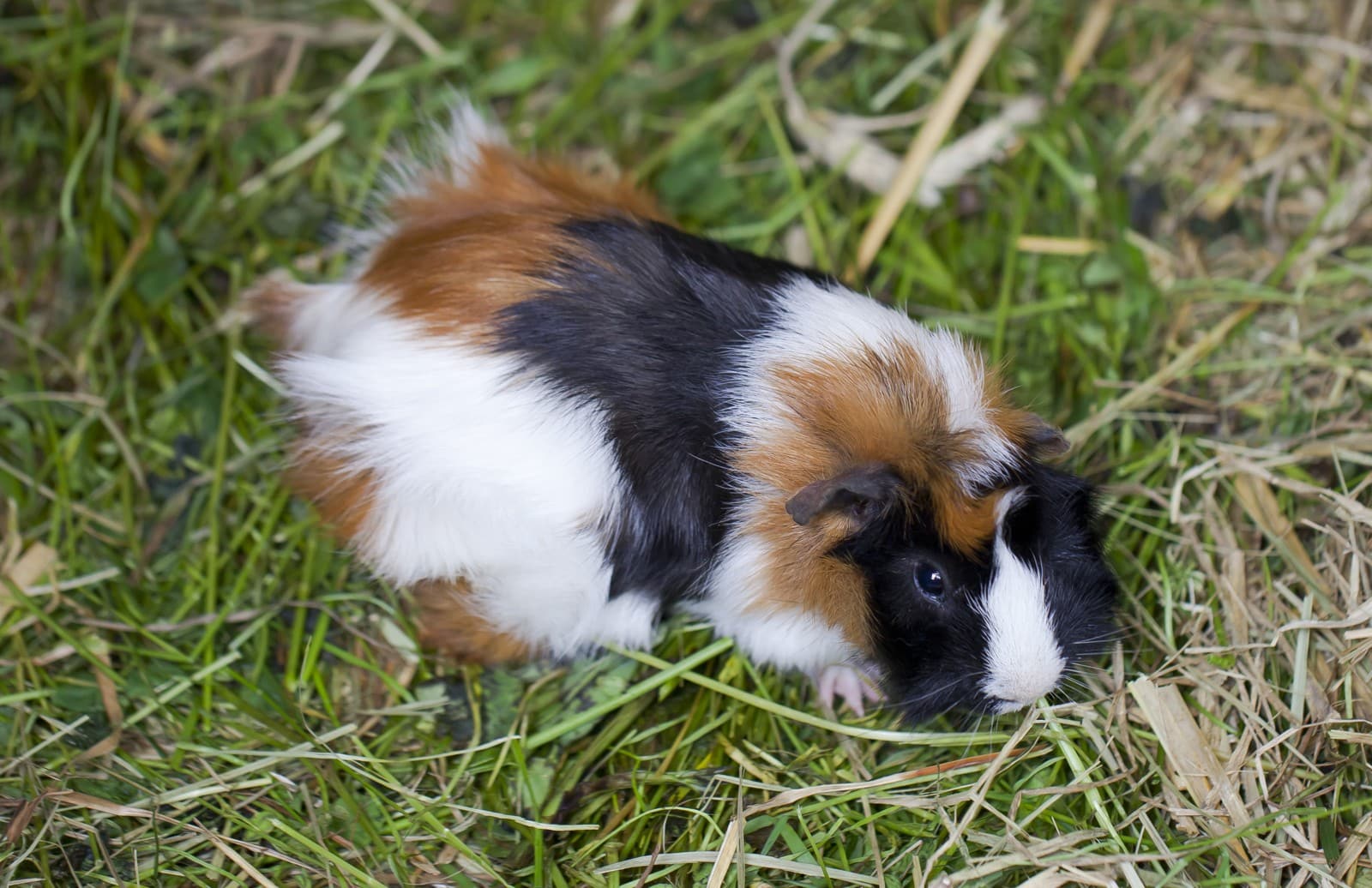
© Diego Delso / CC BY-SA 3.0
A Peruvian guinea pig demonstrating the larger size and social nature characteristic of these diurnal companions.
Key Differences: Hamster vs Guinea Pig
| Feature | Hamster | Guinea Pig |
|---|---|---|
| Size | 2-6 inches (5-15 cm) | 8-12 inches (20-30 cm) |
| Lifespan | 2-3 years | 4-8 years |
| Social Needs | Solitary | Requires companionship |
| Activity Pattern | Nocturnal | Diurnal |
| Space Requirements | Minimum 450 sq inches | Minimum 7.5 sq feet |
| Diet Complexity | Simple, seed-based | Complex, requires vitamin C |
Size and Housing Requirements
The size difference between hamsters and guinea pigs directly impacts their housing needs. Hamsters require a minimum cage size of 450 square inches, while guinea pigs need at least 7.5 square feet for a pair. This significant difference makes hamsters more suitable for apartments or limited spaces.
Personality and Social Behavior
Guinea pigs are known for their social nature and vocal communications, making distinctive sounds to express various emotions. They thrive in pairs or small groups and generally maintain consistent activity patterns throughout the day.
Hamsters, conversely, are primarily nocturnal and solitary. They’re most active during evening hours and prefer to live alone, making them ideal for owners who work traditional daytime hours.
Care Requirements and Cost Comparison
Daily Care
-
Hamsters need:
- Fresh water daily
- 1-2 tablespoons of food
- Weekly cage cleaning
- Exercise wheel maintenance
-
Guinea pigs require:
- Fresh hay daily
- Fresh vegetables daily
- Vitamin C supplements
- Daily cage spot cleaning
- Weekly thorough cleaning
Monthly Costs
The average monthly cost for a hamster ranges from $30-50, while guinea pigs typically cost $50-100 per month due to their larger size and more complex dietary needs.
Health Considerations
Guinea pigs have more complex health needs, requiring regular vitamin C supplementation to prevent scurvy. They also need periodic nail trimming and dental checks. Hamsters generally have fewer health requirements but shorter lifespans.
Making the Choice: Which Pet Is Right for You?
Consider choosing a hamster if you:
- Live in a smaller space
- Prefer a lower-maintenance pet
- Are comfortable with a nocturnal animal
- Have a limited pet care budget
Consider a guinea pig if you:
- Have space for a larger habitat
- Want a longer-term commitment
- Enjoy interactive pets
- Can provide fresh vegetables daily
- Are willing to care for multiple animals
Both species make excellent pets when their specific needs are met, but their differences in size, social requirements, and care needs make them suitable for different types of owners and living situations.
